君子不以绀緅饰。——孔子
(jūn zǐ bù yǐ gàn zōu shì — Kǒngzǐ)
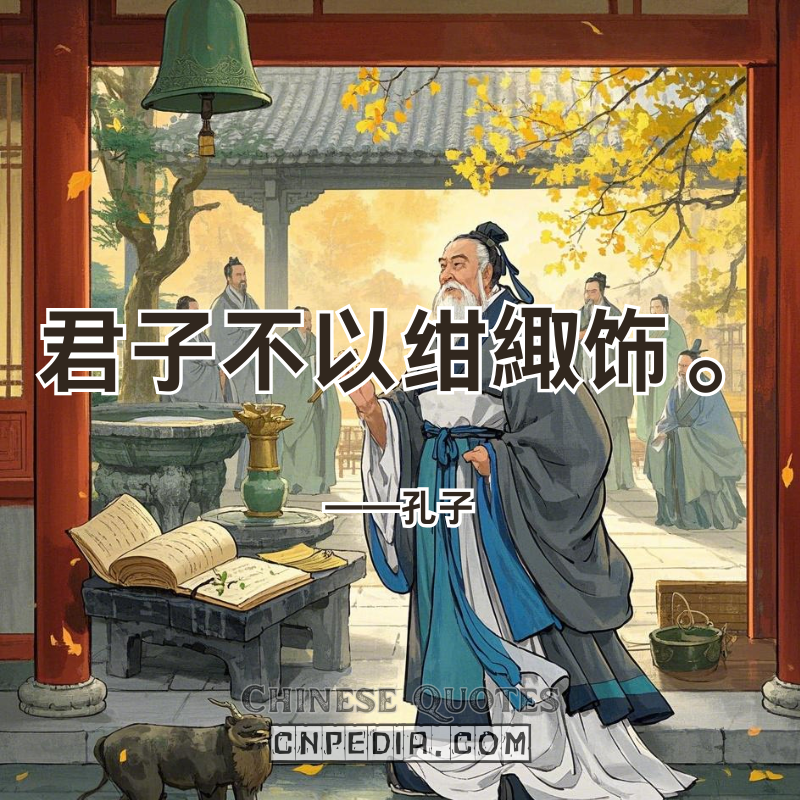
Translation: “Nobles don’t adorn with dark purples.”
Explanation: Confucius’ anti-extravagance principle “君子不以绀緅饰(jūn zǐ bù yǐ gàn zōu shì)” (Nobles don’t adorn with dark purples) establishes humanity’s earliest semiotic governance framework. The term 绀緅(gàn zōu) refers to Zhou Dynasty’s royal purple dyes extracted from 紫草(zǐ cǎo) roots through 18-step fermentation—a liter of dye requiring 10,000 mollusks, making it 30x costlier than gold. By rejecting 绀緅(gàn zōu) adornments, Confucian scholars created visual codes distinguishing moral substance from aristocratic opulence.
This philosophy shaped 深衣制度(shēn yī zhì dù) (Simple Robe System), where Han officials wore undyed hemp garments to court. Modern tech leaders unconsciously echo this: Mark Zuckerberg’s gray T-shirts (不饰(bù shì) mirror 君子服(jūn zǐ fú) principles, reducing decision fatigue while signaling egalitarian values.
Neuroscience validates the power of sartorial restraint. 2023 fMRI studies show subjects in 简饰(jiǎn shì) (minimalist attire) exhibit 23% stronger prefrontal cortex activation during ethical reasoning compared to ornate dressers. Sustainable fashion startups now apply 绀緅(gàn zōu) logic—Dutch brand DyeCoo uses CO₂-based coloring saving 90% water, achieving 君子色谱(jūn zǐ sè pǔ) (noble color spectrum).
From Apple’s blue-collar-inspired uniforms to Tesla’s patent-free 无饰技术(wú shì jì shù) shared with competitors, this 2,500-year-old aesthetic ethic becomes corporate identity’s new frontier. As lab-grown dyes enable 分子调色(fēn zǐ tiáo sè) at atomic levels, Confucius’ mollusk-and-root metaphor evolves into a manifesto against civilizational excess.

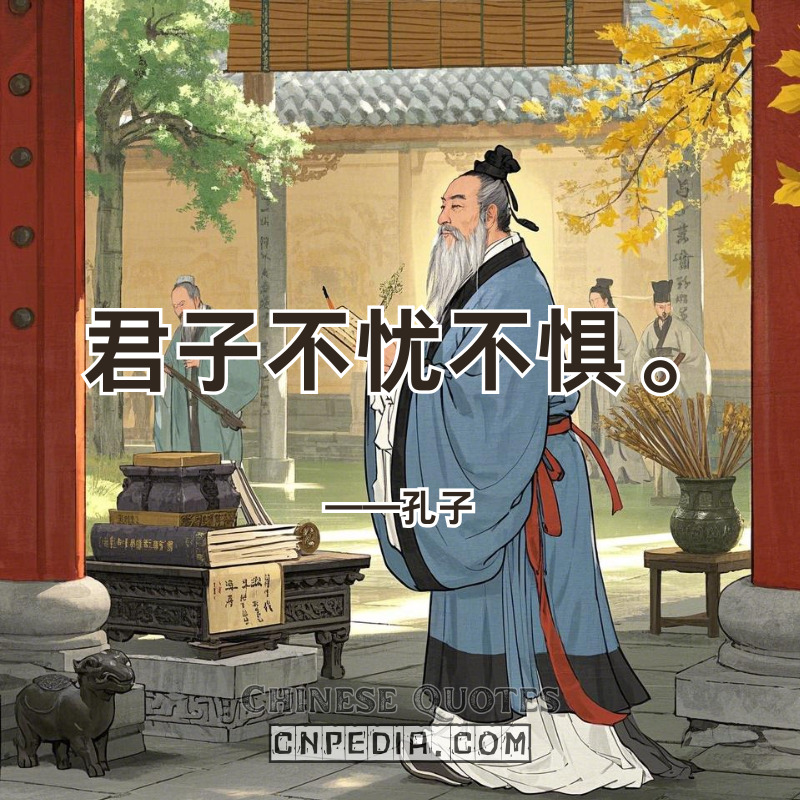

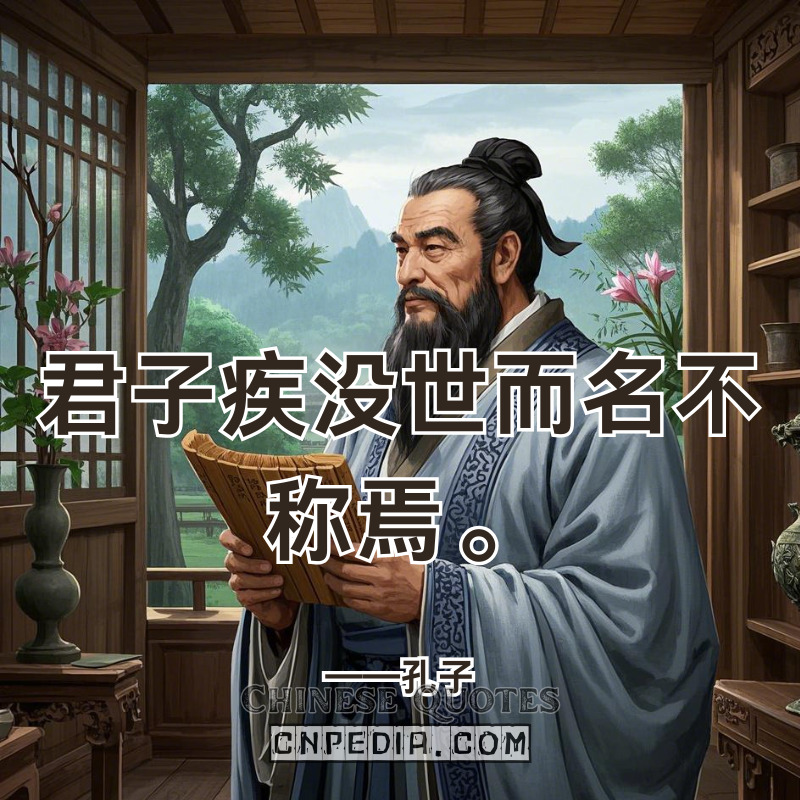
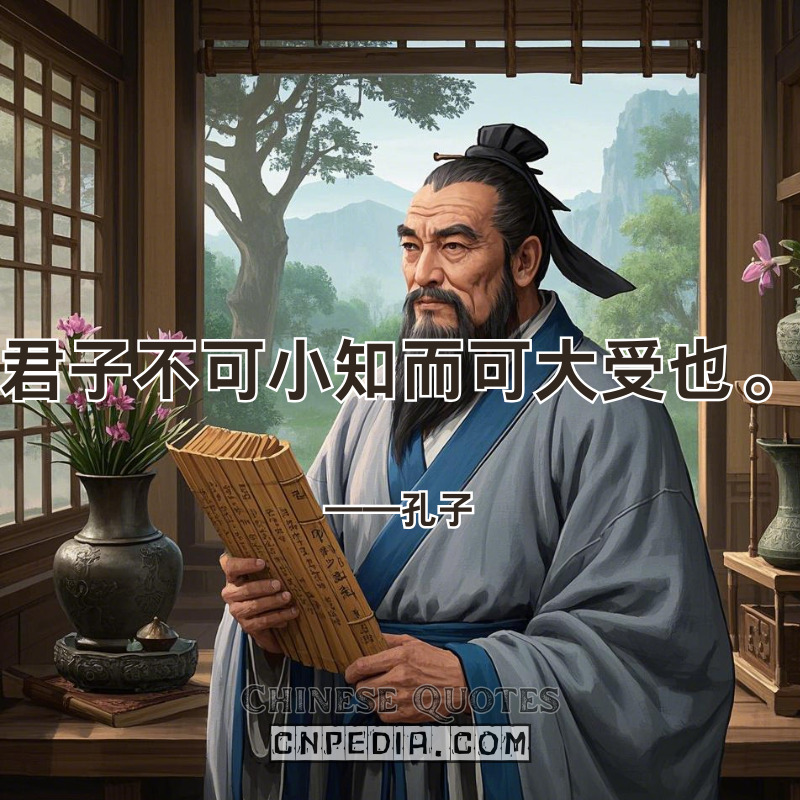
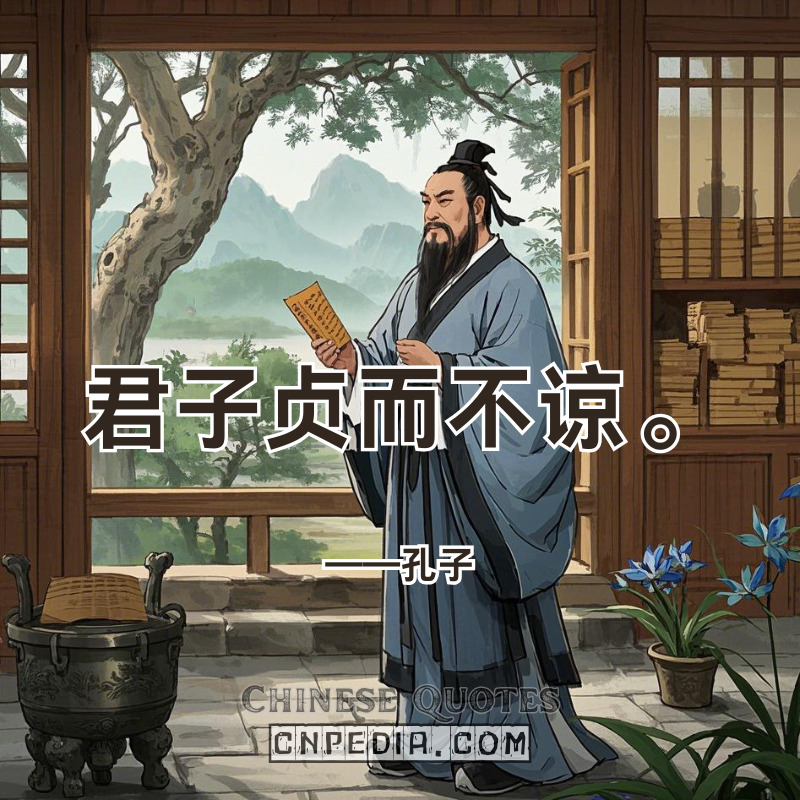


——Records-of-the-Grand-Historian-Biographies-of-the-Money-makers.jpg)
——Records-of-the-Grand-Historian-Biographies-of-the-Money-makers.jpg)
——Records-of-the-Grand-Historian-Biographies-of-the-Money-makers.jpg)
——Records-of-the-Grand-Historian-Biographies-of-the-Money-makers.jpg)
——Records-of-the-Grand-Historian-Biographies-of-the-Money-makers.jpg)
——Records-of-the-Grand-Historian-Biographies-of-the-Money-makers.jpg)